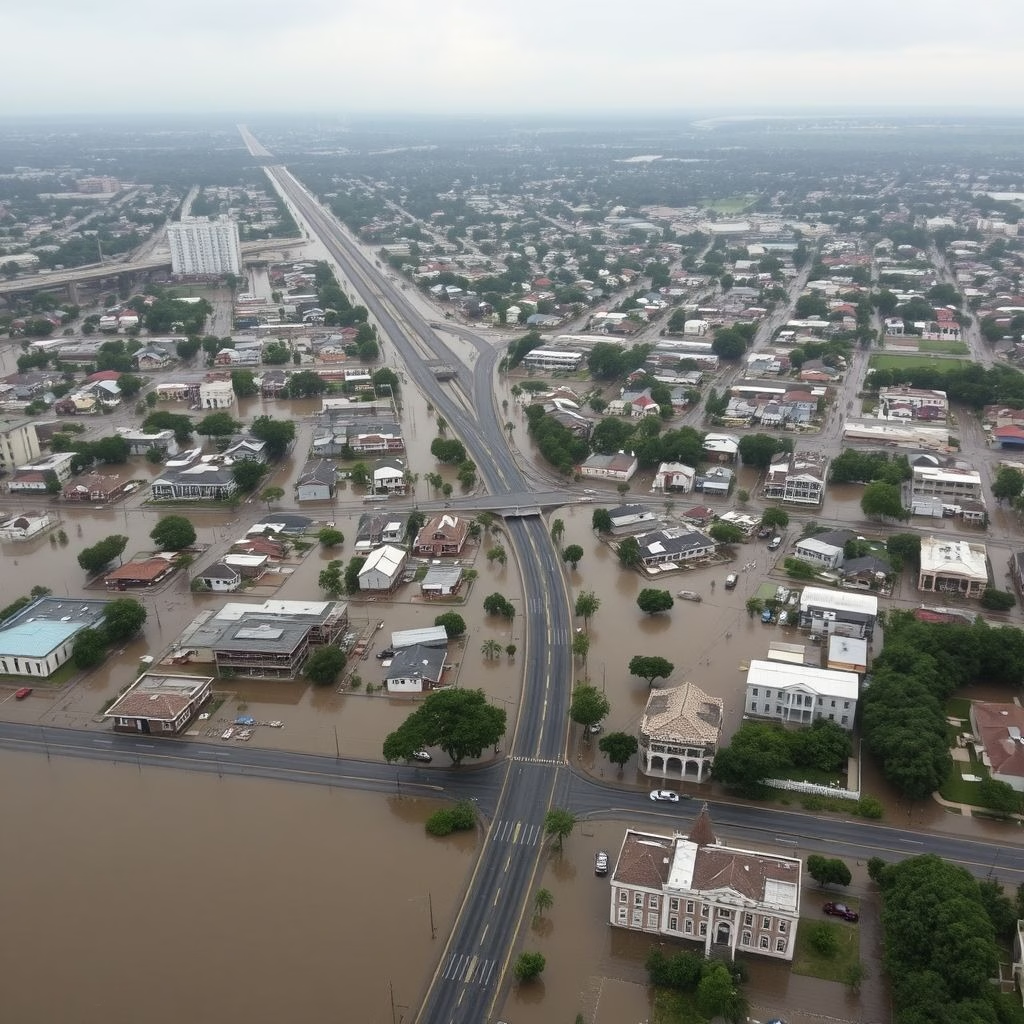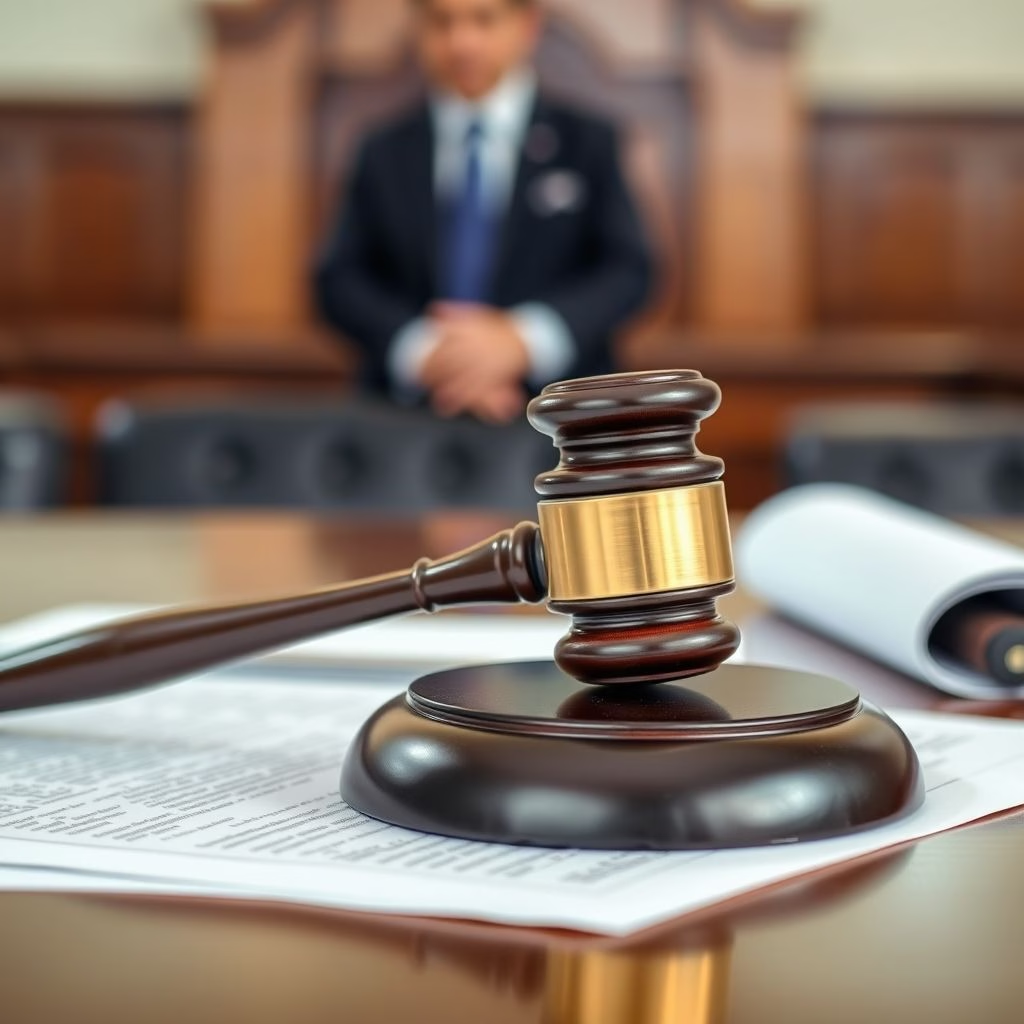Katrina: A Decade of Remembrance and Lessons Learned

Katrina: The Storm That Changed Everything
The name “Katrina” now evokes a chilling combination of fear and resilience. When it slammed into the Gulf Coast in late August of 2005, Hurricane Katrina was a monster, a Category 5 hurricane packing winds of up to 175 mph. Its impact was nothing short of catastrophic, leaving a scar on the landscape and the collective memory of the United States that remains visible to this day. The storm’s landfall was just the beginning of a long and painful chapter for the region, particularly for the city of New Orleans and surrounding areas.
The Scope of Destruction
The devastation was immense. The storm surge, the wall of water pushed ashore by the hurricane’s winds, inundated coastal communities. The low-lying areas of New Orleans, already vulnerable, were particularly hard hit. Sadly, over 1,392 lives were lost as a direct result of the storm and its aftermath. Homes were destroyed, businesses were wiped out, and the infrastructure of entire communities was decimated. The financial cost of the damage is staggering, estimated at a staggering $125 billion, making Katrina one of the costliest hurricanes in recorded history. This figure only begins to encompass the emotional and social toll the storm inflicted on countless individuals and families.
Levee Failures: A Critical Turning Point
A critical factor in the level of devastation was the failure of the levees designed to protect New Orleans. These levees, a complex system of earthen walls and floodgates, were supposed to hold back the floodwaters. However, they were not up to the task. In numerous locations, the levees breached, leading to catastrophic flooding of the city, with some areas submerged under several feet of water for weeks. The resulting inundation trapped residents, overwhelmed emergency responders, and greatly increased the death toll. The failure of these crucial defenses became a symbol of governmental neglect and inadequate preparation.
The Government’s Response and Its Aftermath
The response to Hurricane Katrina by various government agencies, including FEMA (Federal Emergency Management Agency), was widely criticized. Many felt that the response was slow, disorganized, and inadequate. There were significant delays in providing aid, rescuing stranded residents, and restoring essential services. The lack of coordination between different levels of government, as well as the logistical challenges of operating in a disaster zone, further hampered relief efforts. The public’s anger and disappointment were palpable, leading to numerous investigations and inquiries. Some high-ranking officials, felt the pressure and resigned from their positions in the aftermath.
A Legacy of Loss and Resilience
Hurricane Katrina serves as a stark reminder of the power of nature and the importance of preparedness. The storm’s legacy extends far beyond the immediate devastation. It highlighted the vulnerabilities of coastal communities, the inequities in disaster response, and the need for robust infrastructure and comprehensive emergency plans. The name “Katrina” itself was retired from the list of hurricane names, a somber acknowledgment of the storm’s profound impact. Despite the tragedy, the spirit of resilience and community solidarity shone through in the face of overwhelming adversity. The rebuilding of New Orleans and the surrounding areas continues, a testament to the enduring human spirit.
Lessons Learned and Future Preparedness
The lessons learned from Hurricane Katrina continue to shape disaster preparedness efforts across the United States. Improvements have been made to levee systems, evacuation plans, and emergency response protocols. The importance of early warning systems, effective communication, and community engagement has been underscored. The experience of Katrina serves as a constant reminder that communities must be prepared, that infrastructure must be resilient, and that government must be responsive and effective in times of crisis.
Hurricane Katrina stands as a tragic but crucial lesson in the ongoing effort to mitigate the effects of natural disasters and protect vulnerable communities. Its impact continues to be felt, shaping policy and influencing our understanding of risk, resilience, and the importance of human connection in the face of adversity.
For Further Reading:
https://en.wikipedia.org/wiki/Hurricane_Katrina
https://www.britannica.com/event/Hurricane-Katrina
https://www.history.com/articles/hurricane-katrina




